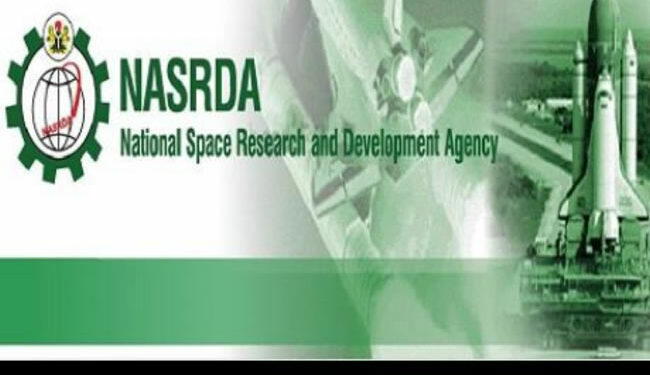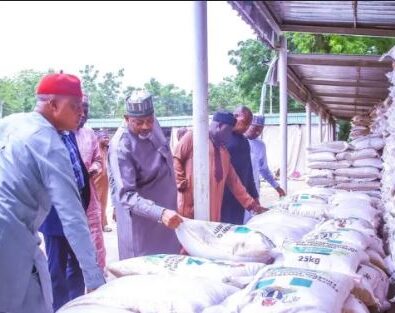Crop-Watch: ”Leverage Earth Observation Satellite Data to Enhance Real-time Monitoring of Crops for Improved Productivity,” NASRDA Urges Agricultural Stakeholders

To enhance agricultural practices, the National Space Research and Development Agency (NASRDA) has called on agricultural stakeholders and interested parties to leverage earth observation satellite data to enhance real-time monitoring of crops through its Crop-Watch programme for food security.
Dr. Rakiya Babamaaji, Crop-Watch Nigeria Coordinator, made the call in an interview on Wednesday, in Abuja.
NASRDA and the Aerospace Information Research Institute of the Chinese Academy of Science (AIR-CAS) signed a Memorandum of Understanding in July 2022, for Crop-Watch programme, targeted at utilising Earth Observation satellite data to enhance real-time monitoring of crops, which would increase agricultural productivity and ensure food security.
During the interview, the coordinator said that Crop-Watch was meant for sustainable agriculture and the economic value is to improve the productivity of agriculture within the country.
He said: “Ours is to generate geospatial data; support the relevant agencies that have the mandate for agricultural practice and food security in the country.
“By the time stakeholders use this, it will improve production for farmers because we are all working towards precision agriculture and food security.
“We are supporting the government and the Renewed Hope Agenda for food security and NASRDA is doing its best by providing geospatial data to support agriculture.
“We want to work with all the relevant stakeholders in the agricultural sector including the private sector, anybody that needs geospatial data to contact NASRDA.”
According to her, part of the challenges of the programme was that the skill of deploying geospatial technology and interpreting its data was lacking among agricultural practitioners.
Rakiya further added that the agency was working on providing data as well as developing the capacity of individuals to understand mapping and statistical data.
“We will be meeting with the Ministry of Agriculture to help them upgrade their Geospatial Information System (GIS) lab, where they can do some data analysis.
“We will want to develop their capacity to understand it and talk to the local farmers in the language they will understand, which includes the agricultural extension workers.
“With an improved budget, we need more publicity to get our product out; to enable better inclusion for the private sector, state governments; we need them to be part of it,’’ she said.
She also said that the programme had recorded some feats, which included an active, customised platform where interested parties could access information on arable lands across the country.
She said people could access information on crop condition index, health of a crop, stress, yield intensity both in a map format and statistical data.
“We have trained some stakeholders on how to access the platform; built their capacity; exposed them to different data emanating from the platform.
“We also exposed them to an agricultural data collecting app, GVG, developed for Crop-Watch data collection and can be used to validate some of the remote sensing data collected from the platform.
“From the feedback, it was appreciated, and we hope to achieve more in the next one year.’’
The coordinator also mentioned that the agency had developed the soft copy of a quarterly bulletin designed for agriculture sector organisations.
According to her, efforts are being made to produce the hard copy as well.
She further said that NASRDA’s performance on the programme had earned the agency a nomination to host the regional capacity building expected to hold from July 2 to June 5.
The Doctor disclosed that 15 African countries were expected for the training in collaboration with AIR-CAS and the United Nations Conference on Trade and Development (UNCTAD).
“That training is for us to extend the programme beyond Nigeria; we want to exchange knowledge of data for agricultural practices; for smart and precision agriculture within West Africa.”



